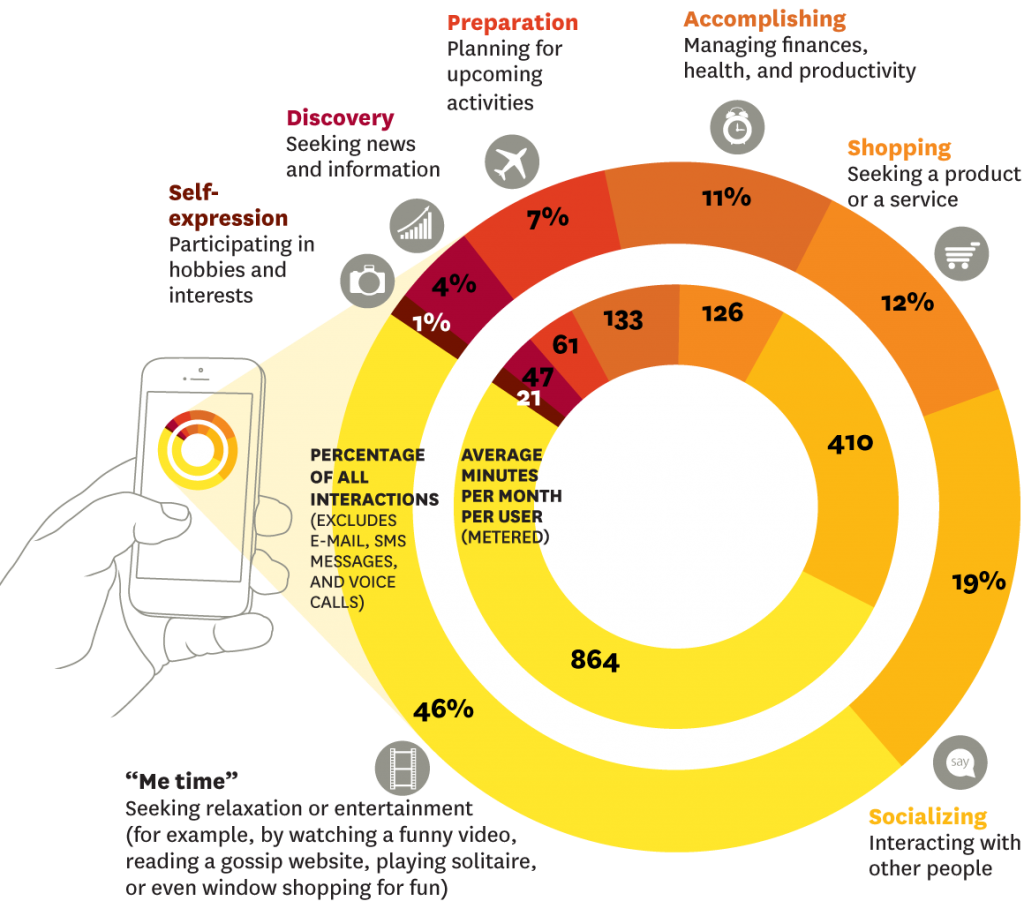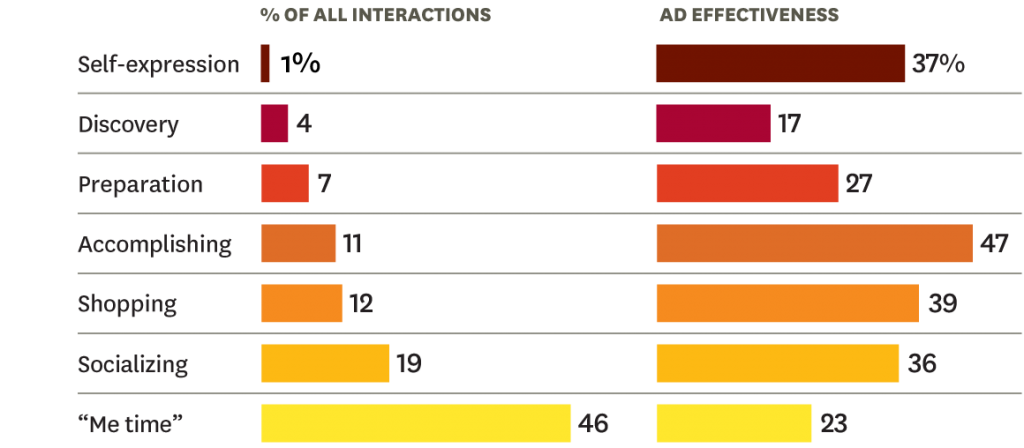 Marketers are going ga-ga over marketing to users via their smartphones. Still a relatively new phenomenon, many marketing organizations are devoting an increasing amount of their budget to developing ads and promotions to be delivered mobilely [OK, I made that word up, but you know what I mean] to users of smartphones.
Marketers are going ga-ga over marketing to users via their smartphones. Still a relatively new phenomenon, many marketing organizations are devoting an increasing amount of their budget to developing ads and promotions to be delivered mobilely [OK, I made that word up, but you know what I mean] to users of smartphones.
But new research from AOL called “Seven Shades of Mobile” and reported on by the Harvard Business Review, shows that most of them are getting it wrong…all wrong!
See why you need to understand the motivations for how users use their smartphones…
This new research was conducted by InsightsNow for AOL and BBDO and it contains some surprising information on how people are using their smartphones. According to the research, there are seven primary motivations that dictate just what people want to do.
The research also studied the effectiveness of mobile ads based on just what the user was doing when he/she was exposed to the ad or promotion. From the research, we find that advertising’s effectiveness varies widely depending on what the motivation was for the end-user at the time they were exposed to the ad.
Parked more than moving…
So…first surprise. Marketers generally assume that people are using their smartphones while on the go. After all, isn’t that the basic concept of mobile phones – you use them while you’re being mobile…right? Wrong! AOL’s study showed that consumers use their smartphones at home 68% of the time!
And what are they doing with it at home? you ask. Are they shopping? Are they socializing? Well, perhaps that is what marketers think…but they’d be wrong. Researchers have discovered that consumers are most often (46% of the time) using their smartphones at home for what is called, “me time.”
You’d better know about “me time”…
“Me time” is time spent pursuing activities specifically targeted for relaxation or entertainment. Examples of “me time” include watching funny videos, playing games (Angry Birds anyone?), reading a gossipy website, etc. It is not answering emails, texting, listening to voicemail, etc.
The other motivations for smartphone interaction identified by researchers include: Self-Expression (i.e. hobbies), Discovery (seeking news), Preparation (planning for upcoming activities such as travel), Accomplishing (managing finances, health, etc.), Shopping, and Socializing.
Are ads effective with mobile users? It depends…
The study also looked at advertising effectiveness based on what motivation consumers were pursuing when exposed to the ad. “Ad effectiveness” was measured based on the based on the percentage of viewers who clicked on the ad, searched for the product, recalled the product, or purchased the product.
Ad effectiveness was highest for those consumers who were engaged in Accomplishing (47%). On the other end of the scale, ad were least effective for those engaged in Discovery. But perhaps most surprising was that ad effectiveness was also low for those engaged in “Me time.” Given that “me time” is the largest use for smartphones, this could be very troubling for marketers.
For more information, see: www.hbr.org.







Leave a Reply